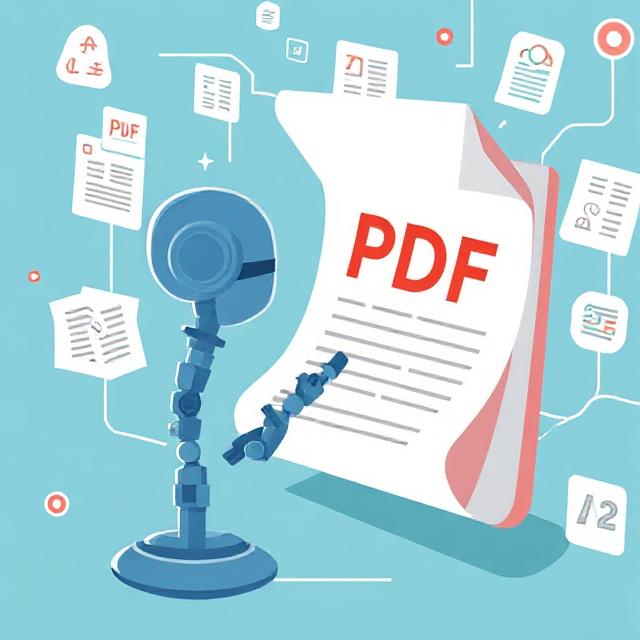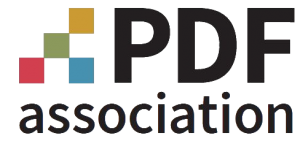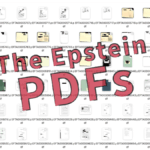Enabling AI to Use PDF
October 23, 2025


October 23, 2025

About IDRsolutions
PDFs weren’t designed with Artificial Intelligence in mind. Unlike plain text files, they’re complex, binary documents that focus on how information looks rather than how it’s structured. Important data often hides behind compression, intricate layouts, or visual formatting.
For AI systems especially large language models, this makes it hard to access and understand what’s inside PDFs.
The Challenge
PDF being a binary format, buries meaningful data behind complex layouts and rendering instructions. AI systems such as large language models depend on accessible plain text and structured markup to fully parse knowledge.
Extracting this raw content from PDFs is the first critical step toward making them AI-compatible.
Tables, multi-column layouts, and annotations might seem obvious to humans, but AI can’t easily interpret them. Converting tagged PDFs into machine-readable formats dramatically improves the accuracy and usefulness of any AI analysis.
What is a Tagged PDF?
A Tagged or Structured PDF has additional data that describes the structure of the PDF document. PDF tags form a hierarchical tree structure similar to XML.
At the top is a root object that contains nodes, each of which may have its own child nodes. Text elements in the PDF are tagged according to their position within this tree.
Turning Tagged PDFs into AI-Ready Data
- Extract plain text for simple AI ingestion
- Export structured content (HTML, JSON, XML) for deeper understanding
- Preserve layout elements like tables and headings
- Handle batch conversions for large document sets
JPedal has the ability to extract data from structured PDF documents as EPUB, HTML, JSON, Markdown, XML and YAML.
Why Converting to HTML Makes Sense
- Better Searchability: HTML exposes content so that search engines and AI models can easily crawl and index it.
- Dynamic Presentation: It adapts to different screens and devices while giving AI a clearer sense of layout and meaning.
- Performance Gains: HTML supports browser caching and lightweight rendering, speeding up data access and analysis.
- Scalability: Parsing HTML takes less computing power than processing PDFs, which helps AI web apps scale efficiently.
Technical Approaches and Best Practices
- Automated extraction scripts or services converting PDFs to plain text and markup-based formats.
- Tools that preserve document semantics specifically for structured PDF, such as headings, tables, and footnotes, enhance AI comprehension.
- Prefer open or widely supported data standards (HTML, XML, JSON) for downstream compatibility with AI and web apps.
Founded in 1999, IDRsolutions is a small, dynamic UK based company which specialises in software to solve PDF problems for other developers in their own applications. We develop JPedal (convert PDF to image or view PDF files in Java Applications), BuildVu (view or parse PDF as HTML5/SVG), FormVu (convert PDF…
Read more





